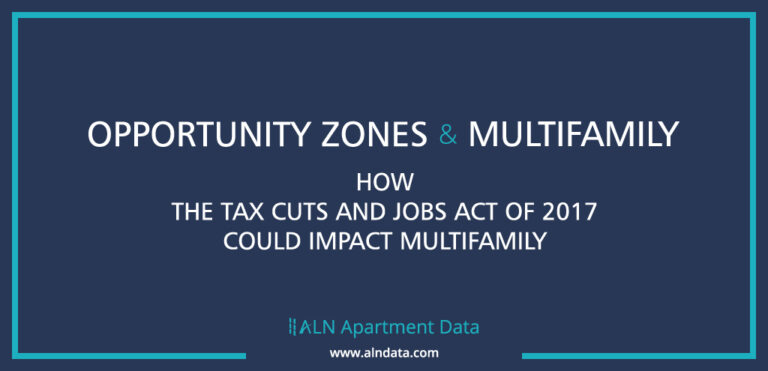2019 Q1 Multifamily Review
So far this year we’ve seen that some areas continue to perform well, but the strong results are beginning to be concentrated in fewer markets. Many areas mostly held their ground but didn’t make much progress in the quarter. Read on for more on Q1 of 2019.







